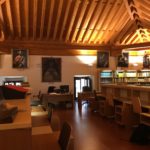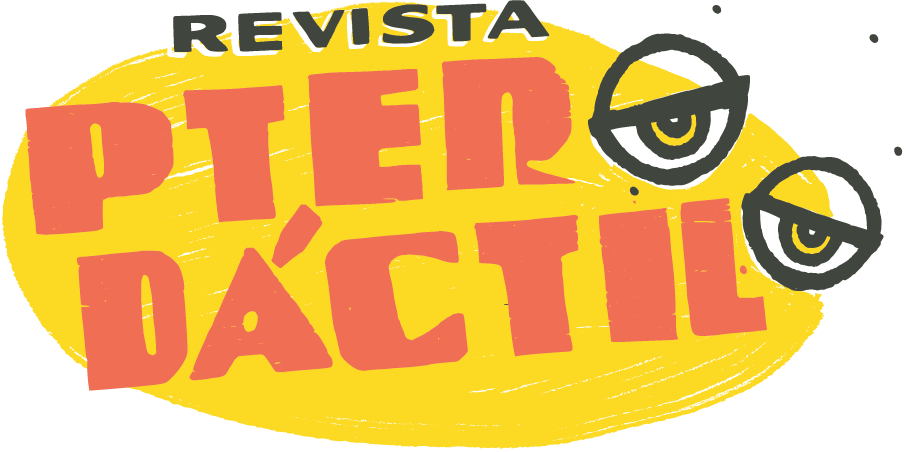Accessing the Archives: Stages and Pitfalls of Reaching Primary Sources
Successfully entering an archive at any stage of your research can be very easy or very terrible. I’ve even heard of people traveling all the way to a distant archive, only to be turned back at the door. Though you cannot control everything in your pursuit of primary sources for a dissertation or a thesis report, failing to reach your dream archive does not have to be one of them.
II. Know Before You Go
After winning a grant or fellowship as described in Step I, “Your Wish Has Been Granted,” your research should not stop! There is plenty more to know about your archive and you could still be rejected at the door for not being prepared. In addition to reading reviews online, look for blog posts written by other researchers. Also ask other academics that you know have been there before: what did they need to get in? What did they do?
Some archives will want a Carta de presentación or a letter introducing you and your project. This must be written by a faculty member that knows you and your project—someone who can certify that you are indeed a graduate student at your university. I recommend carrying multiple hard copies of this letter in sealed envelopes, with your recommender’s signature over the seal. Most archives will also require proof of a permanent address. In the USA, this can be as simple as a state driver’s license; in the EU and other places around the world, you might actually need to have a hard copy your electricity bill on hand, since a foreign driver’s license is not adequate proof of origin and residence. When in doubt, always go with something like an electricity bill and a passport in conjunction.
Is space limited? If you go to the Archivo General de las Indias (AGI), there is a limited number of seating and it is first-come first-served. If you don’t arrive in time, you will have to sit outside and wait your turn, sometimes for hours, for someone to give up their seat. You should definitely know the archive’s hours of operation. There is nothing more frustrating[1] than showing up right as they are closing for the day.
Do you need to request your books through an online portal three days in advance of arriving at the archive? Longer? Read their webpage for their request response speed.
Will your archive even let you look at the primary source, if they have a beautiful digitized copy online or a microfilm version? If you are at the AGI and your primary source is digitized, you probably won’t get your hands on the original under any circumstance. If you are at the Biblioteca Nacional de España (BNE), the same thing might happen, depending on how prized a resource it is (in my case, one of my needs was the real version of the Cantigas de Santa Maria, which will not happen unless your survive at least two interviews, an external one and an internal one, once you have entered the Sala Cervantes).
Speaking of interviews, both the BNE and the AGI have interviews before you receive your reader card, which is your key to their kingdom. It is a photo ID with a reader identification number that is important for allowing you to log in to make requests and to access the internet. You must have it with you every time you visit the archive. The AGI’s card is paper and you should get it laminated immediately.[2] The BNE’s is a luxurious plastic and has your picture on it. In contrast, the Harry Ransom Center will have you create an online Research Account with them and require an ID upon arrival. In your interview, archives will ask you why you need access to their archive, what texts you want to look at specifically (bring a list; it makes life easier), and what your project is all about.
As a caveat to everything above: I’ve written mostly about well-known institutions that have had decades of visitors and a lot of time to streamline their protocols. What if you want to access an archive that has few visitors or is just opening up to the public? You may want to think about your approach very carefully. I was fortunate enough to gain access to the Cathedral of Toledo’s archivo capitular, a medieval and notoriously well-protected archive.
I will admit that my only plan was reconnaissance. I took the train to Toledo with no advance warning. I toured the cathedral twice as a tourist. Within the cathedral, I found a big iron-wrought gate in the cloister that was chained shut and that lead up to the archives. While I was visiting, I also spoke with security guards, asking what my chances were of visiting the archive.
One of the security guards actually turned and looked at me very seriously when I asked and he gave me all of the information I needed: I was warned that not only did I need to email the director of the archive, but that I also needed to speak to the Bishop, because they were the same person. The Bishop had a PhD in what I will translate as the “Study of the History of the Church and the Vatican School for Paleography” (Historia de la Iglesia, y en la Escuela Vaticana de Paleografía). A quick google search revealed that he had multiple publications—articles and books—regarding the archive over which he was a guardian and that he was passionate about taking care of his community’s archive.
The guard then told me his email, and that’s when I realized that my security guard/informant knew him and, based on his smile, he was also going to let the Bishop know about me. To conclude, my email—which I spent five hours writing and rewriting in my angst—was kindly responded to and I was granted access.

The cloister of the Cathedral of Toledo and inside the Archivo Capitular of the Cathedral of Toledo.
Archives, like human beings, are all different and their politics of allowing access or not can be arbitrary but are founded on very real experiences with researchers and on their norms, whether those are very conservative or very open to the public. However, at the end of the day what you are asking of them is to be allowed into the material heart of a community’s history. By being respectful, well-prepared, and candid, it’s possible to visit many dream archives. I had hoped to step foot in the Cathedral of Toledo’s archives for four years before I actually tried.
Acknowledgements
Archives that have contributed to the sum of my experiences include the Harry Ransom Center at the University of Texas at Austin, the Archivo Capitular of the Cathedral of Toledo, the Widener Library at Harvard, the Newberry Library in Chicago, the Biblioteca Nacional de España in Madrid, the Benson Library at the University of Texas, the Fisher Rare Book Library at the University of Toronto, and the Archivo General de las Indias in Seville
[1] Read: embarrassing.
[2] I immediately digitized it because I couldn’t help myself.
